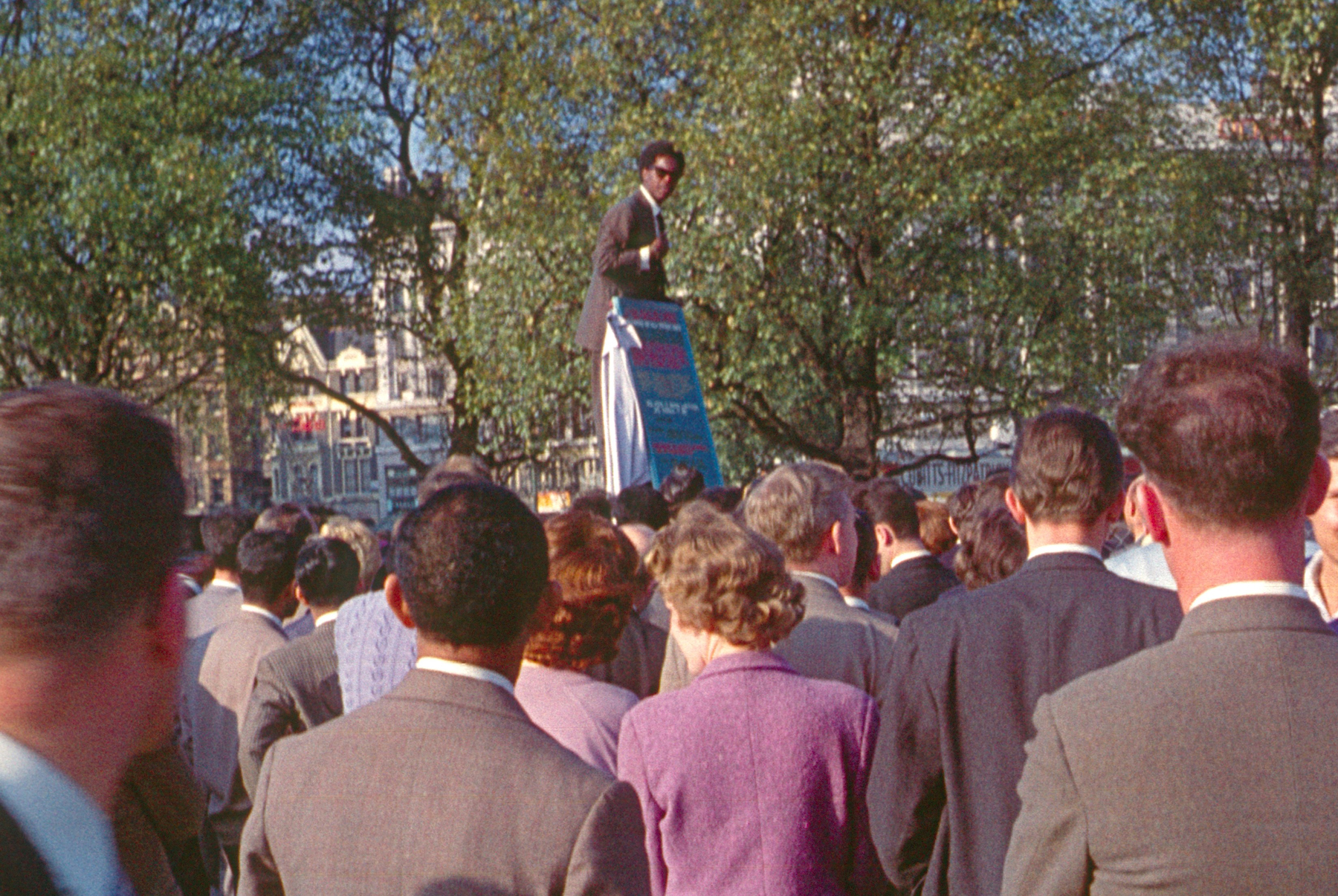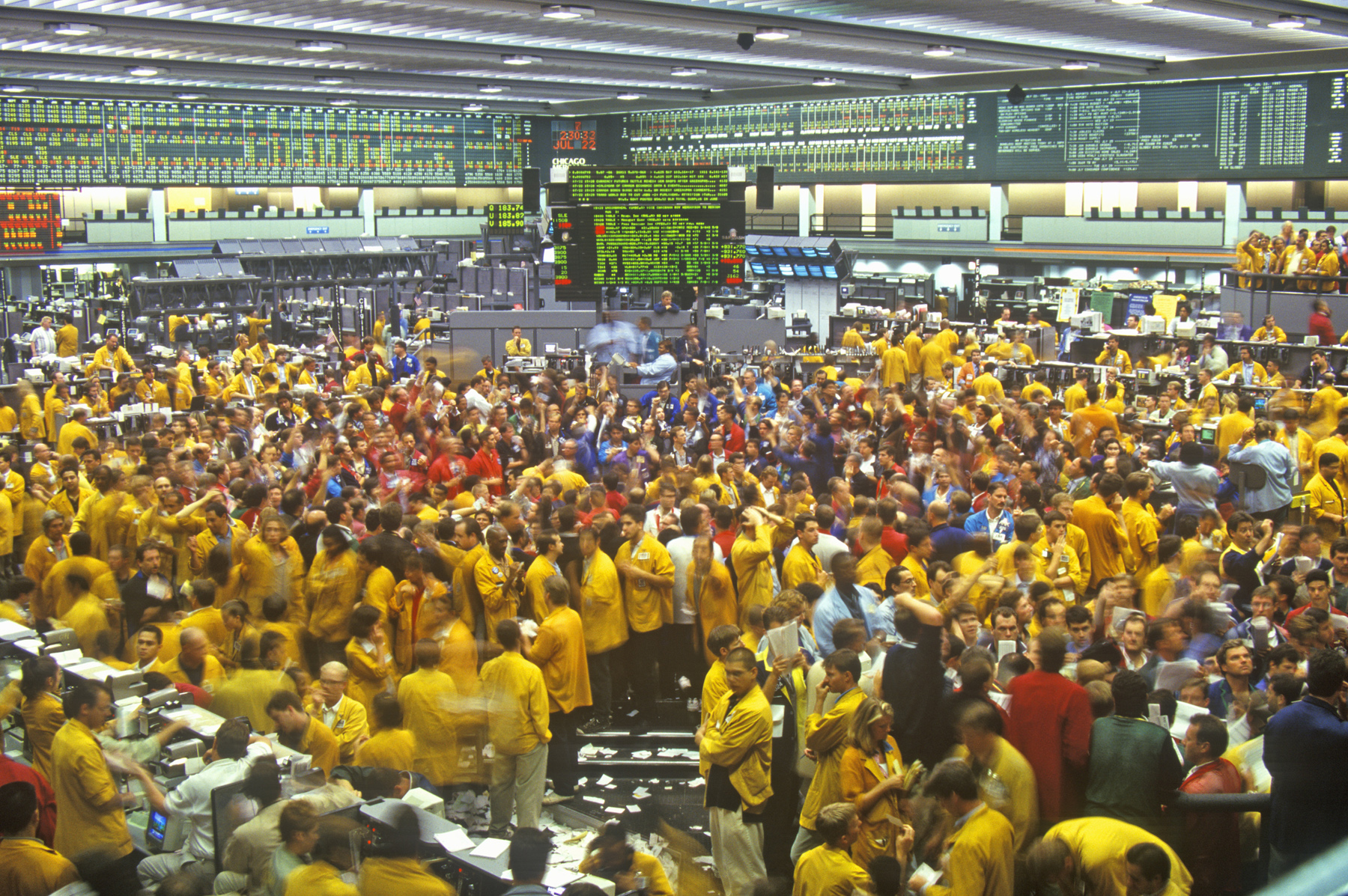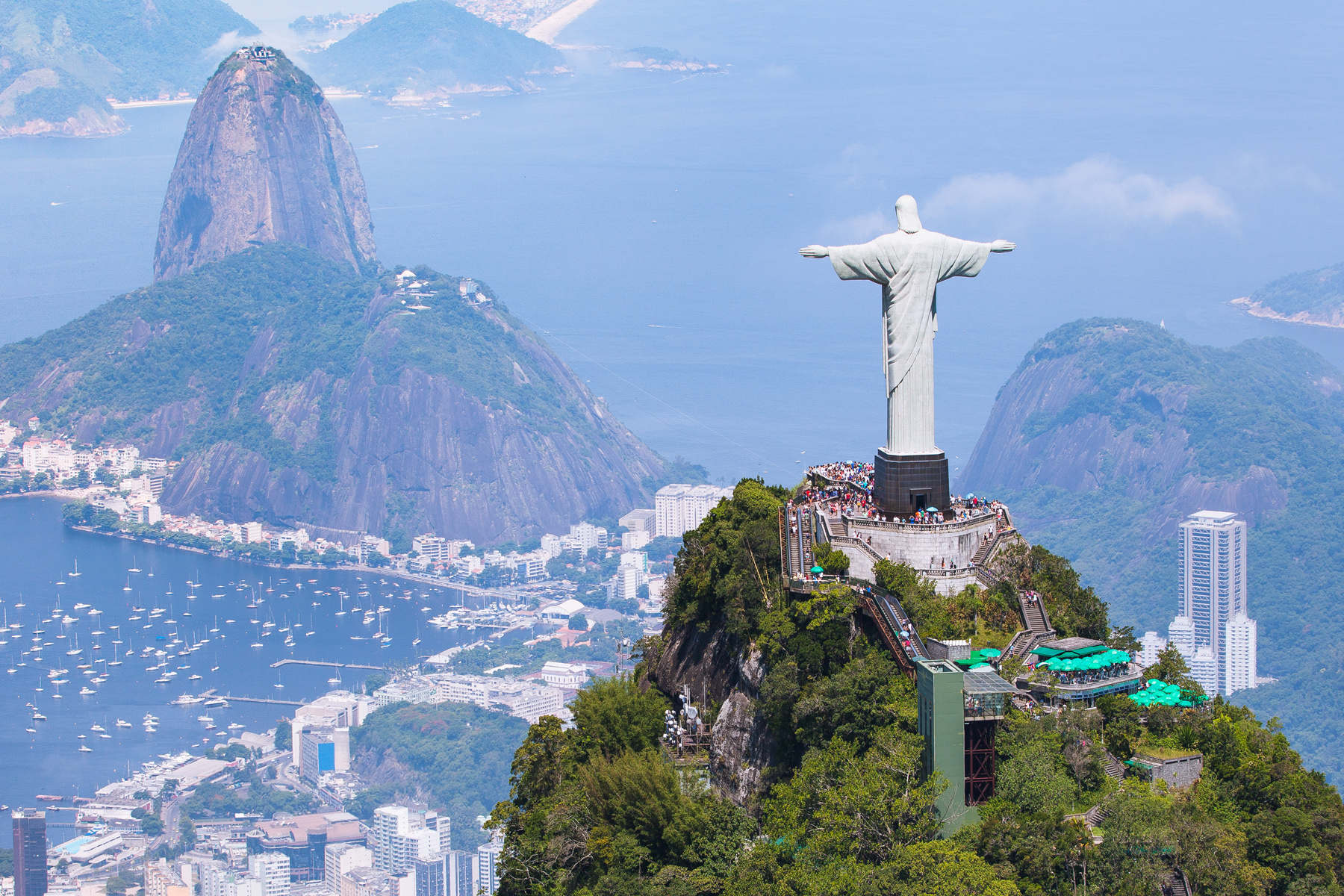
Image Google Books Ngram Viewer
Was Peak Conservation Caring in 1978?
It would seem so.
Lynn Johnson
29 October, 2020
Did we really reach peak interest in conservation in 1978? If we go by the published written word, it appears so.
Firstly, the graph – what are you looking at? Google Ngram Viewer uses data from its ambitious book-digitizing project which started in 2002; to-date the project has digitized at least 30 million books from major university libraries. This means the frequency of keywords as displayed in the graph is slanted towards scientific and non-fiction books. In the case of wildlife and conservation this slant towards more academic texts is helpful in providing an insight into the thinking of people in tertiary education who tend to influence those in power (and vice versa).
Let’s take a closer look by exploring some key periods:
Period 1: 1968 – The Year That Set The World On Fire!
1968 remains one of the most tumultuous single years in history. As the Smithsonian Magazine wrote “Movements that had been building along the primary fault lines of the 1960s—the Vietnam War, the Cold War, civil rights, human rights, youth culture—exploded with force in 1968.” But it wasn’t only in America, protests erupted in France, Czechoslovakia, Germany, Mexico, Brazil and many other places, triggered by the ongoing lack of civil rights in the U.S. and elsewhere. And it appears that the push for civil rights also triggered a focus on the need to protect the environment.

Image atlantic-kid
The lack of trust and belief in politicians and institutions to build a fair and just society resulted in popular movements taking direct action with the aims of resetting the direction democracy was taking. We are now seeing a similar emergence of popular movements based on distrust of governments – Extinction Rebellion, Fridays for Future, School Strike 4 Climate (together with #BlackLivesMatter, #MeToo).
From an environmental or social justice perspective, it would be useful for these new movements to investigate why it took only a decade for the hard earned gains of 1968 to be lost – why did we reach peak conservation in 1978?
Period 2: 1980s The Conservative Backlash And the Rise Of Neoliberalism
The era of de-regulation and neoliberal reforms under Thatcher and Reagan meant reduced monitoring of business behaviour. Individual freedom was the catch-cry of the era, one of Thatchers comments being “And, you know, there’s no such thing as society. There are individual men and women and there are families. And no government can do anything except through people, and people must look after themselves first.” This gave permission to people to focus on personal wealth creation, no matter the cost, driving a growing wealth-empathy gap in the era of “greed is good”.

Image Joe Sohm
Under this banner privatisation and corporate deregulation prepared the ground for today’s lack of corporate accountability when it comes to environmental protections. The interest in conservation declined in lockstep, despite a growing awareness of global warming and the emergence of the scale of the extinction threat.
Point 3: 1992 Dead Cat Bounce For The Rio Earth Summit
Dead cat bounce is the term used in the financial markets to describe a temporary recovery from a prolonged decline that is followed by the continuation of the downtrend – a dead cat bounce is a small, short-lived recovery. This is exactly what we see in the run up to the 1992 UN Rio de Janeiro Earth Summit. The conference was attended by representatives of 178 nations was the largest UN conference ever held. Its aim was to put a focus on sustainable development and seek common action to protect the planet from environmental degradation and threats to change the global climate.

Image dislentev
The Convention on Biological Diversity was opened for signature at the Earth Summit, and made a start towards redefinition of measures that did not inherently encourage destruction of ecosystems.
Period 4: 1992 – 2020 Continued Decline in Interest
With no evidence of a rebound, just a continuous decline during the last 28 years we have to ask ourselves – do we really care or are we happy to nurture a delusion of caring by gushing about David Attenborough documentaries and oohing and aahing over cute social media images?
How big a crisis do we need to face to realise that our own survival is equally at risk? Has COVID-19 been enough for us to demand the transformation of our societies? Will we tolerate industries, businesses and governments as they try to nudge us back into pre-pandemic consumption patterns and business-as-usual? Are we ready to be a part of popular movements that go beyond “putting ourselves first” to trigger a reset to the needs of the biosphere we depend on?
While I am reading many headlines about “the frustration about lives being on hold during the pandemic”, isn’t this a perfect time to educate ourselves about how we got here? If not now, when? Why we are facing near-certain environmental and civilisational collapse on the current trajectory?
This is the time to reflect on the history of previous collapses, the time to come together and design something new, not simply protect a system that only really looks after the top 1%.

